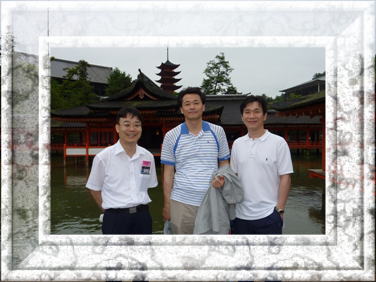Over the Years
Home > Over the Years > > Three Korean Doctors Invited for Training
Three Korean Doctors Invited for Training
Names and Titles of Trainees:
Jae-Pil LEE
Section Chief, Medical Treatment Department
Korea National Red Cross Incheon Hospital
Seong-Ki AHN
Professor, Department of Otolaryngology
Gyeongsang National University Hospital
Kwan-Hee LEE
Director, Orthopedic Surgery Department
Seoul Red Cross Hospital
Period of Training:
Training Organizations (in order of visits):
Radiation Effects Research Foundation
Hiroshima Atomic Bomb Casualty Council
Hiroshima University Research Institute for Radiation Biology & Medicine
Hiroshima Red Cross Hospital & Atomic-Bomb Survivors Hospital
Hiroshima Peace Memorial Museum and others
Training Course:
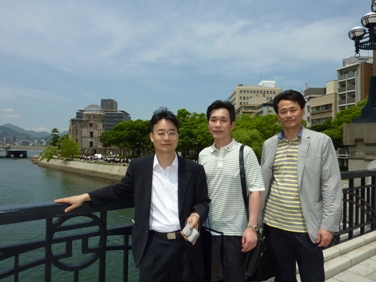
At the Peace Memorial Park on the first day
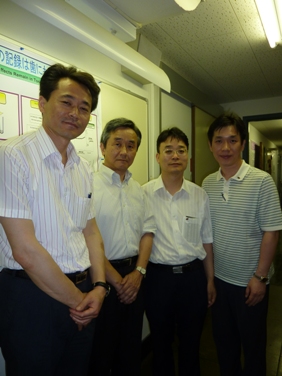
June 15
With Dr. Yoshiaki Kodama, Department Chief of Department of Genetics, Radiation Effects Research Foundation
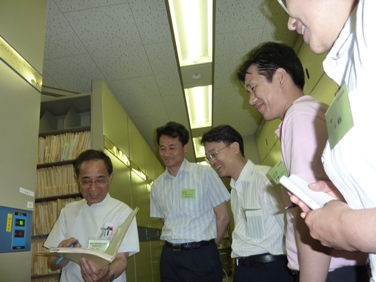
June 16
With Dr. Hideo Sasaki, Director of Hiroshima Atomic Bomb Casualty Council
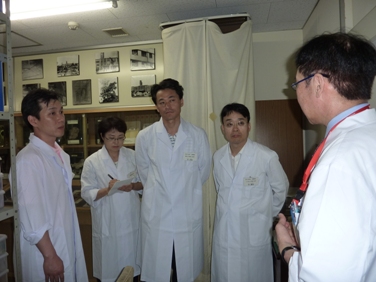
June 17
With Dr. Ken-ichi Arita, Director of Department of Respiratory Disease, Hiroshima Red Cross Hospital & Atomic-Bomb Survivors Hospital
Feedback:
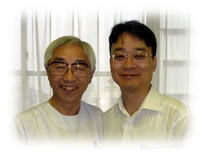
[Dr. Jae-Pil LEE]
Japanese culture of recording, systematic research and support on A-bomb survivors were very impressive. I think it is important to provide our Korean patients with efficient information we acquired through HICARE training.
Regrettably, we could not meet and talk with Japanese A-bomb survivors this time.It would also be wonderful if we could have more time to communicate with doctors who gave us lectures.
I hope Japan and Korea will work together for the mutual understanding in the future.
Photo: With Dr. Dohy, left, Chairman of HICARE (President of Hiroshima Red Cross Hosptal and Atomic-Bomb Survivors Hospital)
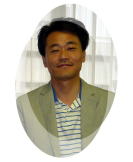
[Dr.Seong-Ki AHN]
I did not know much about A-bomb disasters until I came to Japan. Through HICARE training, I was so impressed with the rebuilding of Hiroshima after bombing, and the completed management of A-bomb survivors, various superior systems constructed through researches to handle with emergency radiation exposure accidents and so on, and Japanese people’s efforts to further improve these systems.
I’ll commit myself to support our patients in Korea to solve any problems causing inconveniences in their medical care.
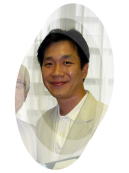
[Dr. Kwan-Hee LEE]
As a fellow doctor, I envied with the facilities and equipment (an efficient flow of the emergency room, ICU facilities, hospital rooms in no need of attendant, number of nurses, high standard equipment, etc.) of the Hiroshima University Hospital.
Particularly, we were so much grateful to doctors who gave us passionate lectures regardless of age and positions. We really respect them because they gave us lectures by themselves (not asking their young colleagues) though they were very busy.
I think the training will be much valuable for future trainees, if there would be more chances to actually visit hospitals and medical facilities.
